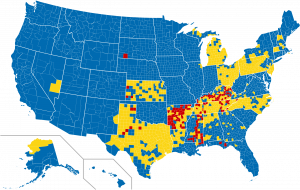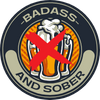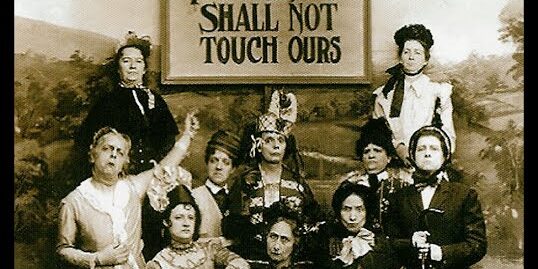“We have been taught that freedom is the freedom to pursue our petty, trivial desires. Real freedom is freedom from our petty, trivial desires.”
― Russell Brand, author of Recovery: Freedom from Our Addictions
As attitudes started to change about alcohol’s effect on society, we drew battle lines between those who wanted to drink and those who understood the disadvantages.
Some of the first American settlers banned alcohol from their settlements. While these Puritans had some controversial practices that have made them the source of historical ridicule, the idea of an alcohol-free society helped them settle large chunks of the new world without the baggage of being drunks.
However, the Puritans were not opposed to drinking alcohol in moderation. Instead, they created laws that banned public drunkenness. For example, they banned the practice of individuals toasting each other and closely regulated alehouses to prevent “the obscene practice of losing one’s mind.”
Early settlers to the Americas started their new towns as alcohol-free zones. Some wrote laws to ban alcohol sales to the Indigenous Indians because they could see the devastating impact booze had on them. This action led to heavy criticism in the European newspapers because it was “not fit to deprive Indians of any lawful comfort alloweth to all men by the use of wine and whiskey.” In other words, it was OK to discriminate against American Indians, but not at the expense of liquor sales. In the book “Drunks” by Christopher M. Finan, he devotes many pages to the topic of the devastation Europeans inflicted on the Indigenous Americans using alcohol as a weapon.
Throughout history, religions, countries, states, and towns passed laws to ban or control alcohol consumption. In some cases, with success, while others led to an underground criminal element selling liquor at a premium.
For example, the temperance movement began promoting the moderate use of alcohol—which ultimately became a push for the complete prohibition of booze in the USA. Many Americans campaigned for a US government ban on liquor because they saw the harmful effects of alcohol on the population and encouraged reducing alcoholic beverage consumption in the nation. The movement was comprised of various religious groups, social and political parties that were strong in their belief that the United States would be a better place if its people were not allowed to drink. Immediately, however, an underground society of speak easy’s and distilleries became the basis behind the mafia of the 1920-30s and ultimately the alcohol industry of the present.
In the ’20s those who chose to live an alcohol-free life were said to be “on the wagon,” or declared to be “Dry,” named after the water-filled wagon used to wet down dusty roads in town.
As the movement became stronger, it was considered anti-social to be seen drunk or fallen off the wagon. Today it is deemed anti-social not to drink with your friends — what a difference in just 80 years.
Of course, governments use this addiction as a source of tax revenue and a method to increase its size. Ultimately legalized alcohol allowed for an increased tax on booze. So in 1933, the government canceled the prohibition of alcohol, and the sin tax was created, in some cases doubling the cost of drinking, which impacted the poor adversely, leading to an entirely new class of homeless.
There are still ongoing efforts to keep booze off the market worldwide. Many religions, towns, and counties in the USA still ban the sale or consumption of alcohol to its members or residents.
Even so, an estimated 15 million Americans suffer from AUD (alcohol use disorder), and about 40% of all car accident deaths in the US involve alcohol in some way.
Early sobriety movements would eventually pave the way for the self-help and rehabilitation movements of the 1980s through today, including First Lady Betty Ford’s highly publicized rehab center. Today the rich declare that they’ve “checked in” to rehab at great personal expense as a symbol of success. Yet rehab success rate is questionable.

Rehab center’s success rates are notoriously low, but the industry finds it easy to say, “that addiction is difficult to deal with, so don’t blame us if the alcoholic relapses. It’s societies fault.”
In many ways, they are correct, but it’s also your fault. You are the reason you are over-drinking, but you will also be the reason to be sober.
Somehow, society has changed from eliminating alcohol to manufacturing highly flavored versions designed to attract younger people.
The above is called social addiction, and if you are going to quit, you will need to be aware of the amount of pressure you will be facing to drink along with society. Being Badass and Sober is not easy.


